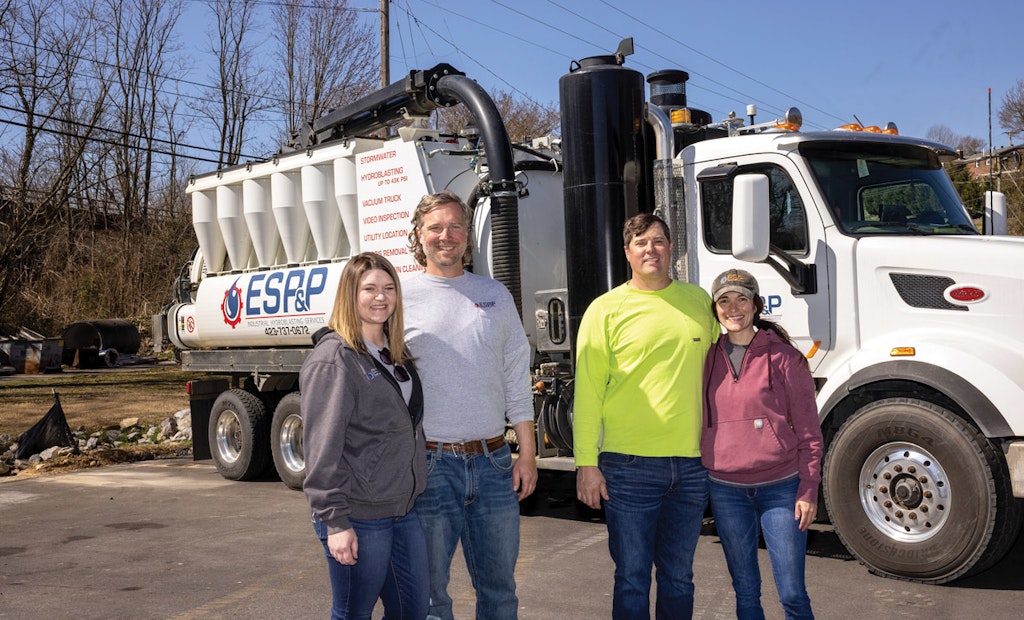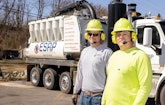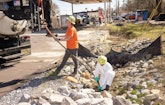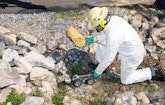
The brothers’ wives are also key parts of the operation of ESP&P: (from left) office manager Adrienne Stewart, Ian Stewart, Stuart Stewart, and project estimator Sunnie Stewart.
As Ian Stewart and his brother, Stuart, began charting a course for their new company, ESP&P Industrial Services, a simple but effective business philosophy served as their North Star: A multilegged stool is much more stable than a stool with just one leg.
“The more kinds of...











